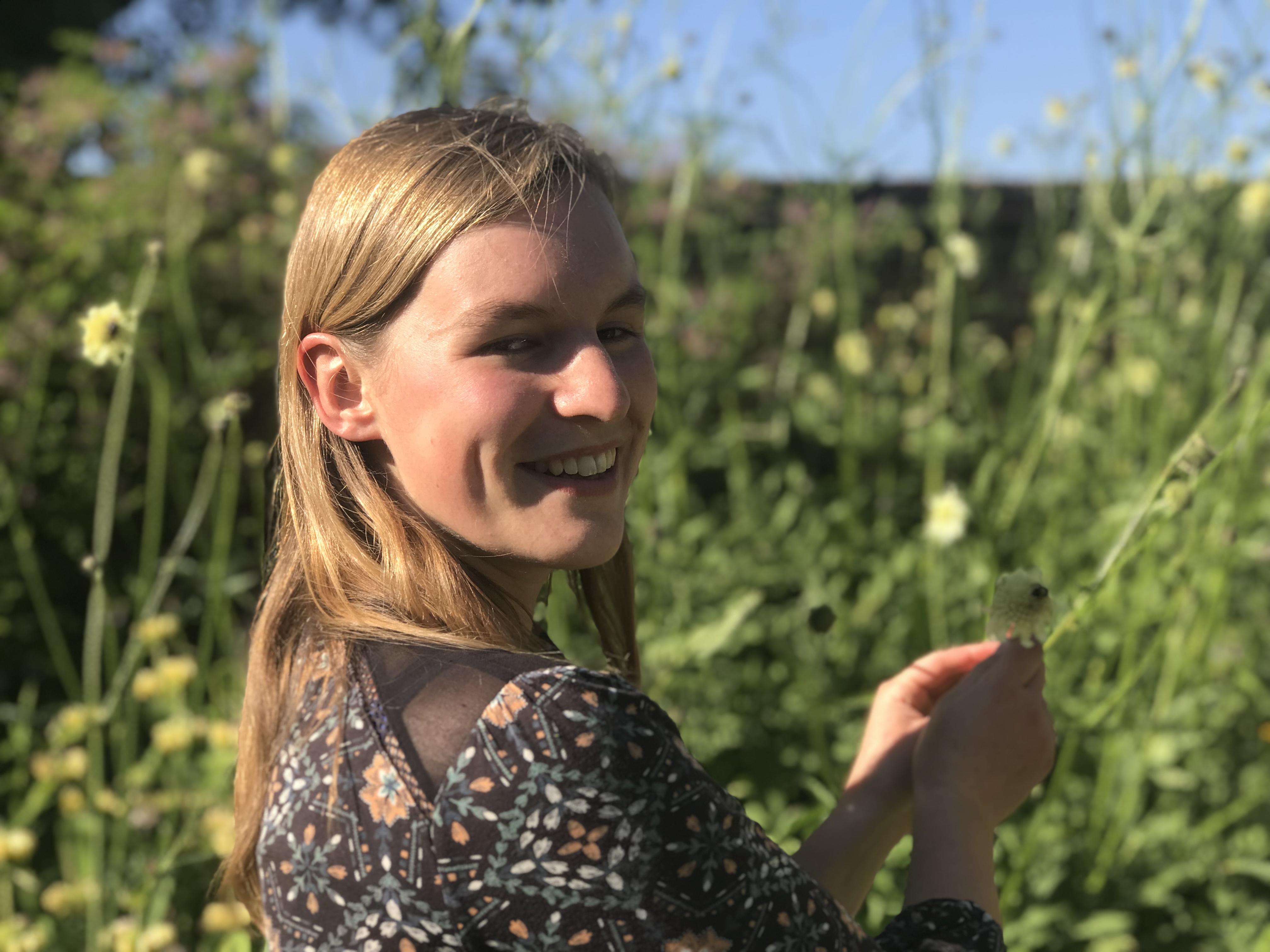Wildflowers to Spot in July
- Emily Sabin
- Jul 15, 2021
- 3 min read
When you're walking the dog or taking a lunchtime nature stroll it can be easy to ignore the many hundreds of plants around us and below our feet. Here are just five, easy-to-identify plants, plus a special foraging feature! Which of these have you already spotted this month?
Ragwort

Ahhh - don't hate me! Ragwort is definitely one of the most-loathed plants out there, demonised especially by horse owners because of its toxicity. ☠ I've been told that horses and livestock usually avoid it in its green state, but when it is accidentally mown for hay it can have a serious effect on their liver.
Ragwort is rarely a problem outside of pastureland and has high value for wildlife, from bumblebees who collect the pollen, to the black-and-yellow striped caterpillars of the cinnabar moth who eat the leaves, to the great tits that feed on the caterpillars! The daisy-like flowers can last until November and shine a sunny yellow to remind you of warm summer days.
Dog rose

Time to go snooping along hedgerows for this thorny shrub! Dog rose likes to grow in hedgerows because it can weave and clasp onto trees and bushes, and at this time of year you'll notice its pink and white flowers poking out. This is a type of wild, uncultivated rose that has flat, open flowers (not like the fancy-pants roses you see planted in fancy gardens). Which, by the way, have almost zero value to wildlife because their petals are all doubly or triply folded in, that bees and other pollinators would have a very hard time finding any nectar! Next time you're shopping for roses, choose types with minimal faff that appear open - as long as you can see the inside bit of the flower, you're good! 🌸
In autumn, dog rose bears bright red rose hips which are full of vitamin C! These tangy fruits are also a favourite pre-winter snack for blackbirds, redwings, and thrushes.
Pyramidal orchid

These fairy-tale flowers have popped up on every bit of chalk grassland near where I live in Chichester. I took the above photo on the Trundle, a high, exposed hill opposite Goodwood. Every aspect was blanketed in a huge diversity of wildflowers that were benefiting from the steep, well-draining slopes and full sunshine. There were hundreds of little orchids, especially pyramidals which are easy to spot with their pink flower spikes atop a green stem. The spikes can hold up to 100 florets which attract butterflies and moths.
Did you know, orchid seeds do not store enough food to grow on their own? They team up with a mat-forming fungus in the soil to help them. In turn, the orchid’s roots protect the fungus. 🤝🏽
Common mallow

We have loads of this growing in local alleyways, road verges, and in the countryside. Lots of people pull it up because it can become a bit competitive in gardens, but I love it. For years I've had a huge mallow in my garden that we've left untamed. It's one of the most bee-friendly plants around so it's definitely a keeper!
Some parts of mallow are edible (flowers, seeds and leaves) and in many cultures the plant has been used in medicine 💊 from treating acne and dermatitis to easing stomach aches.
Agrimony

There are so many wildflowers to choose from in July, it was hard to figure out which ones to focus on. But I knew I had to mention agrimony! This uniquely-shaped, snake-like plant also goes by the name 'fairy's wand' which suits it perfectly 🧚🏽♀️ I normally see it sticking out from the base of dense hedgerows and along woodland paths. Its sunny, five-petalled flowers bloom on a slender, tapering stalk which can grow quite tall - up to 80cms.
Agrimony has a long medicinal history and still features in herbal medicine for treating ulcers, gallstones, upset stomach and catarrh due to its astringent qualities. Waaay back, a Greek physician called Dioscorides recommended the plant as a treatment for snake bites, dysentery and upsets of the liver.
FORAGING FEATURE OF THE MONTH 🤩
Yarrow

Yes you can eat yarrow! People are always surprised to discover this. It grows just about anywhere and everywhere at this time of year - from sports fields to motorway verges - so if you're foraging I'd look somewhere cleaner like a woodland edge or under a rural hedgerow (also where the yarrow won't have been mown and allowed to grow taller). It has distinctive feathery leaves and umbels of white to pink flowers.
The older, thicker leaves are good for cooking with, treat it like you would spinach, but the younger, softer leaves can be chucked in a salad or on top of a soup for some added fresh herby benefits! 🥗 Yarrow is naturally anti-inflammatory, great for digestion, and full of antioxidants to keep brain and body in all-round good health.




